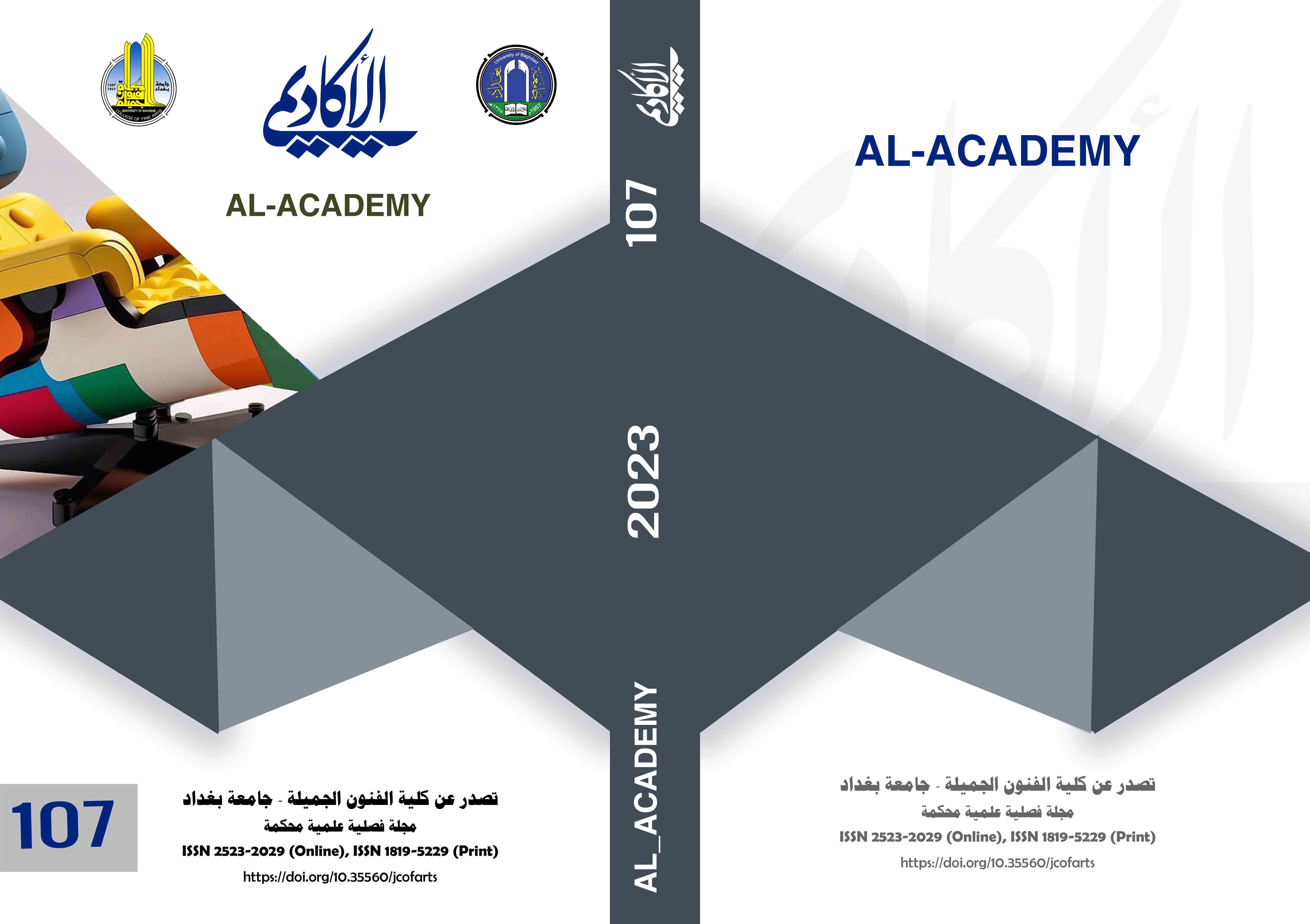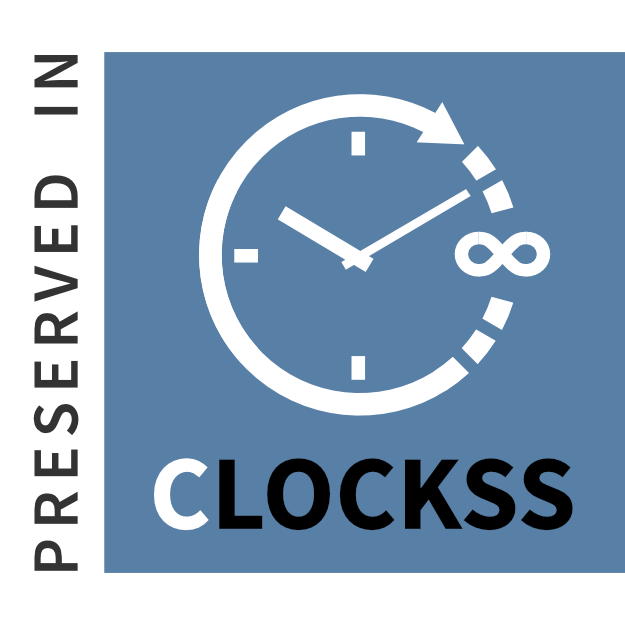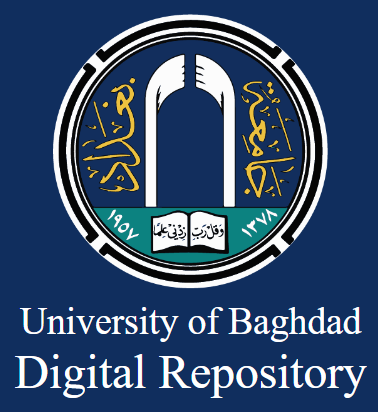مضامين الدراما التليفزيونية الكويتية وآثرها على المشاهدين
DOI:
https://doi.org/10.35560/jcofarts1532الكلمات المفتاحية:
التليفزيون، الدراما، تحول المجتمعالملخص
عندما ظهر جهاز التليفزيون على الساحة للمرة الأولى في أربعينيات وخمسينيات القرن العشرين أحدث تغييراً كبيراً في العالم في مجالات مختلفة أهمها على الإطلاق المجال الصناعي، إذ ونظرا للاقبال الكبير من المشاهدين لمتابعة هذا الجهاز المدهش سعى رجال الصناعة على تطويره وتحسين أداؤه بشكل مستمر فظهر التلفاز الملون لأول مرة في الستينيات من القرن الماضي، ثم الكابل التليفزيوني في السبعينيات، أعقبه صناعة أجهزة الفيديو في الثمانينيات؛ ثم التليفزيون عالي الدقة في أواخر التسعينيات. وجاء القرن الحادي والعشرين لينبثق عن التليفزيون الأجهزة اللوحية وأجهزة الكمبيوتر بأنواعها المختلفة؛ ثم الهواتف المحمولة، وتبدأ حكاية ظهور التليفزيون إلى عام 1926م، وتحديدا في السابع والعشرين من يناير عندما اجتمع علماء وباحثون في قاعة بالمعهد الملكي بلندن أمام شاشة ينظرون إليها في شوق وقلق في انتظار شيء غامض ومثير، وسرعان ما ظهرت على سطحها بعض الومضات التي بدأت تتخذ معالمها وخطوطها لتتحول إلى خيالات متحركة لكنها لم تكن واضحة بالشكل الكافي؛ وفي تلك اللحظة قفز المجتمعون مهللين مهنئين بعضهم بعضاً؛ فقد كانوا شهوداً على لحظة تاريخية فاصلة في العمل الإعلامي والصحفي والفني إذ شاهدوا أول تجربـة ناجحة لأعظم اختراعات التاريخ التكنولوجية في مجالات الاتصالات والإعلام؛ ومنذ ذلك الوقت تعاظم دور تلك الشاشة التي أطلق عليها فيما بعد التليفزيون في حياة الجماهير، وأصبحت بحق معجزة القرن العشرين لاعتمادها على الصوت والصورة والحركة
المراجع
Abdul Rahman Asawi, The Psychological and Social Effects of Arab Television, Dar Al Nahda Al Arabiya, Beirut, 1984, p. 19.
Edward Wakin, Introduction to the Media, translated by Wadih Palestine, Al Ahram Press, Cairo, 1978, p. 103.
Adnan Al Douri, The Impact of Violence and Crime Programs on Youth, Kuwaiti Ministry of Information, 1977, p. 100.
Research Department, Official Media in Kuwait, Origin and Development, Kuwaiti Ministry of Information, 1998, p. 46.
Elmore, S.R (2008), "A New Impetus For Social Construction and Its Impact On Traditional Cultivation Analysis, M.A", (Florida, University of Central Florida, 2008), P 7.
Ernest Fisher, The Necessity of Art, trans. Asaad Halim, Family Library, Cairo, 1998, p 14.
Youssef Marzouk, Regional Broadcasting and Development, Anglo-Egyptian Library, Cairo, 1980, p 23.
Taha Mahmoud Taha, Modern Communications, World of Thought, July August September 1980, Kuwait, p 39.
Hussein Helmy Al-Mohandes, Screen Drama, Part One, Egyptian General Book Authority, Cairo, p 19.
Othman Al-Hamamsi, Stanislavsky's Theory and Opposing Theories, Egyptian General Book Authority, Cairo, 1194, p 7.
The National Association for Drama Education, 2015, p.,9
Mohamed Moawad Ibrahim, Barakat Abdel Aziz, Production of Radio and Television Programs, Dhat al-Salsalil Library, Kuwait, 2000, p. 501.
Elmore, S.R (2008),» OP.CIt.p.15.
Mohamed Moawad Ibrahim and Barakat Abdel Aziz, previously mentioned, Production of Radio Programs, p. 501
Stanislavski's Theory and Opposing Theories, Othman Al-Hamamsi, Egyptian General Book Authority, Cairo, 1994, p. 7.
Sed Field, The Scenario, Translated by: Sami Mohamed, Dar Al-Mamoun, Baghdad 1989, p. 30.
Sed Field, The Scenario, the same, 1989, p. 29.
Muhammad Mu'awwad and Barakat Abdul Aziz, previously mentioned, pp. 525-534.
Buckey: Sociology and Modern Systems Theory Chicoago, science Rearch, p. 41
Syed Field, The Scenario, translated by Sami Muhammad, previously mentioned, p. 32.
Research Department, Official Media in Kuwait, Origin and Development, Kuwaiti Ministry of Information, 1998, p. 36.
Abdul Latif Hamza, Media Has Its History and Doctrines, Dar Al Fikr Al Arabi, Cairo, n.d., p. 23.
What the Viewer Wants from Television, Research and Translation Department, Kuwaiti Ministry of Information, p. 11.














